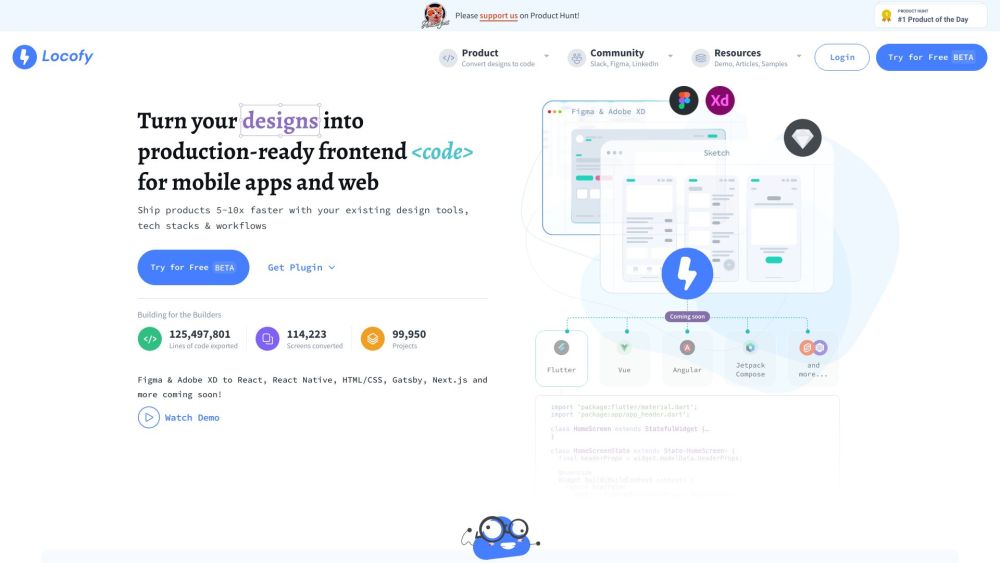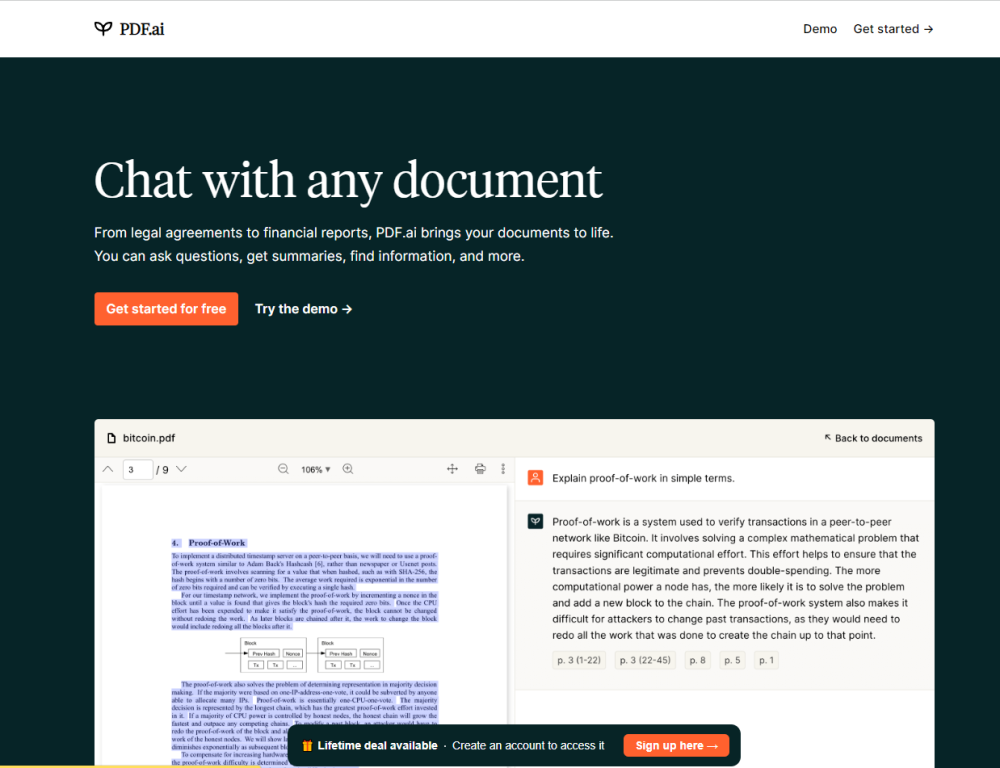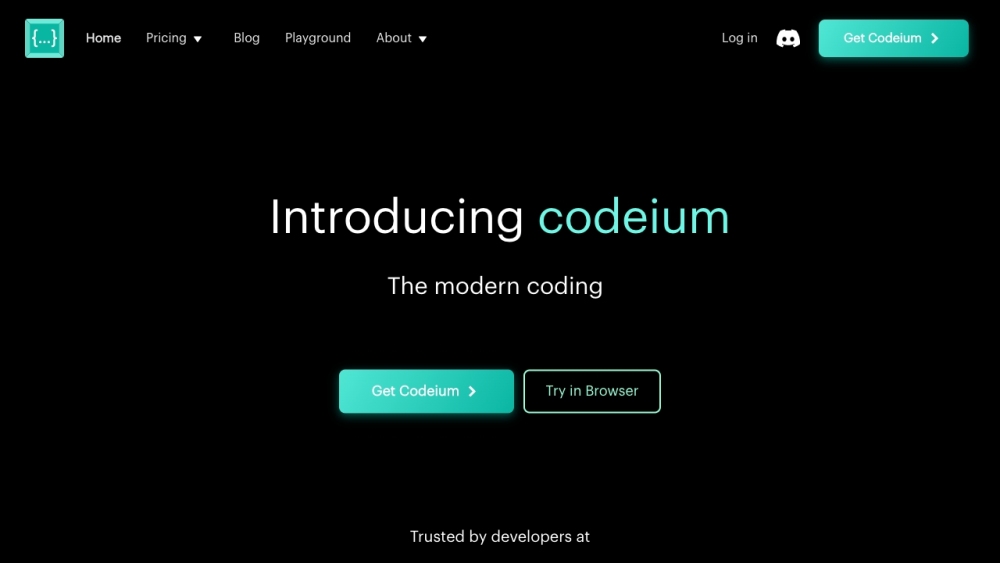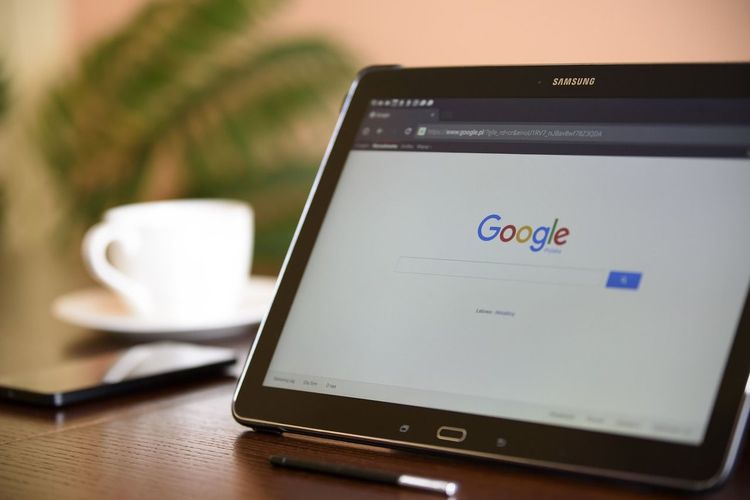The new Pixel 9 lineup stole the spotlight at Tuesday morning’s Made by Google 2024 event. Alongside the Pixel 9 Fold Pro, the company unveiled an additional size option, introducing three models: the Pixel 9, Pixel 9 Pro, and Pixel 9 Pro XL.
The Pixel 9 Pro now features a display size on par with the standard Pixel at 6.3 inches, but offers a superior resolution of 1280 x 2856, compared to the Pixel 9's 1080 x 2424. The new Pro XL is essentially an upgrade from last year’s Pixel 8 Pro, boasting a larger 6.8-inch display with a resolution of 1344 x 2992 pixels.
Having more choices is always beneficial, and the Pixel 9 lineup mirrors the options Apple provides with the iPhone. This new separation of the Pro models allows consumers to select a high-spec device that remains manageable in size. Display brightness has improved significantly, with the screens now approximately 35% brighter than previous models, peaking at an impressive 2,700 nits, all protected by Gorilla Glass Victus 2.
Importantly, this lineup also highlights Google’s generative AI, referred to as Gemini. Users in the beta program can assign the Pixel 8a’s Power button to activate this new platform. With the Pixel 9 series, Gemini has now become the primary assistant, replacing the traditional Google Assistant, referred to as the “legacy assistant” within the Android ecosystem.
For those who may find Gemini lacking, switching back to Google Assistant remains an option. As discussed last week, Google Assistant will still play a role in managing Google Home and Nest devices.
The Pixel 9 also showcases a reimagined industrial design, featuring sharper edges and a more defined rear camera bar. The Pixel 9 includes two rear cameras, while the Pixel 9 Pro models boast the same three-camera configuration. The standard Pixel features a 50-megapixel wide camera paired with an 8x Super Res Zoom and a 48-megapixel ultra-wide lens. The Pro versions add a 48-megapixel telephoto lens with 5x optical zoom and up to 30x Super Res Zoom, along with enhanced 42-megapixel selfie cameras.
Google enhances its impressive suite of AI-driven editing tools with features like Add Me, which allows users to insert themselves into group photos by merging images. Additionally, the Magic Editor receives upgrades for automatic image reframing, crop suggestions, and the ability to expand photos.
Distinct from Apple, Google has chosen to integrate the new Tensor G4 chip across the entire Pixel 9 series, paired with the Titan M2 security chip. The Pixel 9 comes equipped with 12GB of RAM and storage options of either 128GB or 256GB. The Pro models offer 16GB of RAM and storage capacity of up to 1TB. Both 6.3-inch models are powered by a 4700 mAh battery, while the XL model has a larger 5060 mAh battery. Google claims all three devices can last up to 24 hours on a single charge, with the Extreme Battery Saver mode extending that up to 100 hours.
The Pro devices also come bundled with a year’s subscription to the Google One AI Premium plan, which grants access to Gemini Advanced features in Gmail and Docs, along with 2TB of Google Cloud storage. All Pixel 9 models include seven years of OS and security updates, along with new features rolled out in Pixel drops.
Pricing starts at $799 for the Pixel 9, $999 for the Pixel 9 Pro, and $1,099 for the Pixel 9 Pro XL. Preorders begin Tuesday, with the Pixel 9 and Pixel 9 Pro XL shipping on August 22. The shipping date for the Pro model is yet to be determined.





